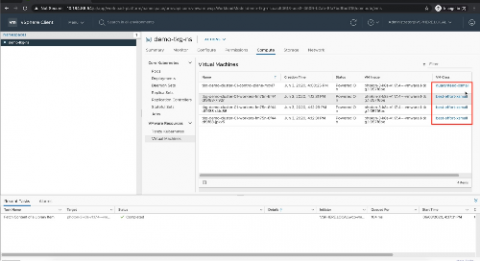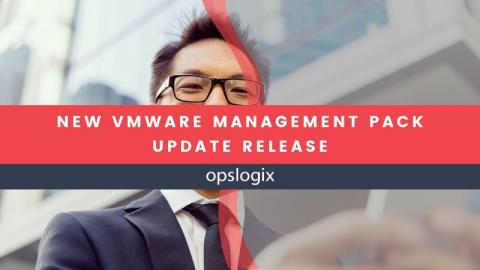Moving (and moving on up) to Sensu Go at Iforium
I work at Iforium, an eGaming company based on the Isle of Man, where — for the past three years — we’d been using Sensu Core to monitor our infrastructure. Earlier this year we began our migration to Sensu Go. In this post, I’ll share a bit about our journey, offering some background on Iforium and our technical stack, our monitoring pain points, and our take on Sensu Go so far.











